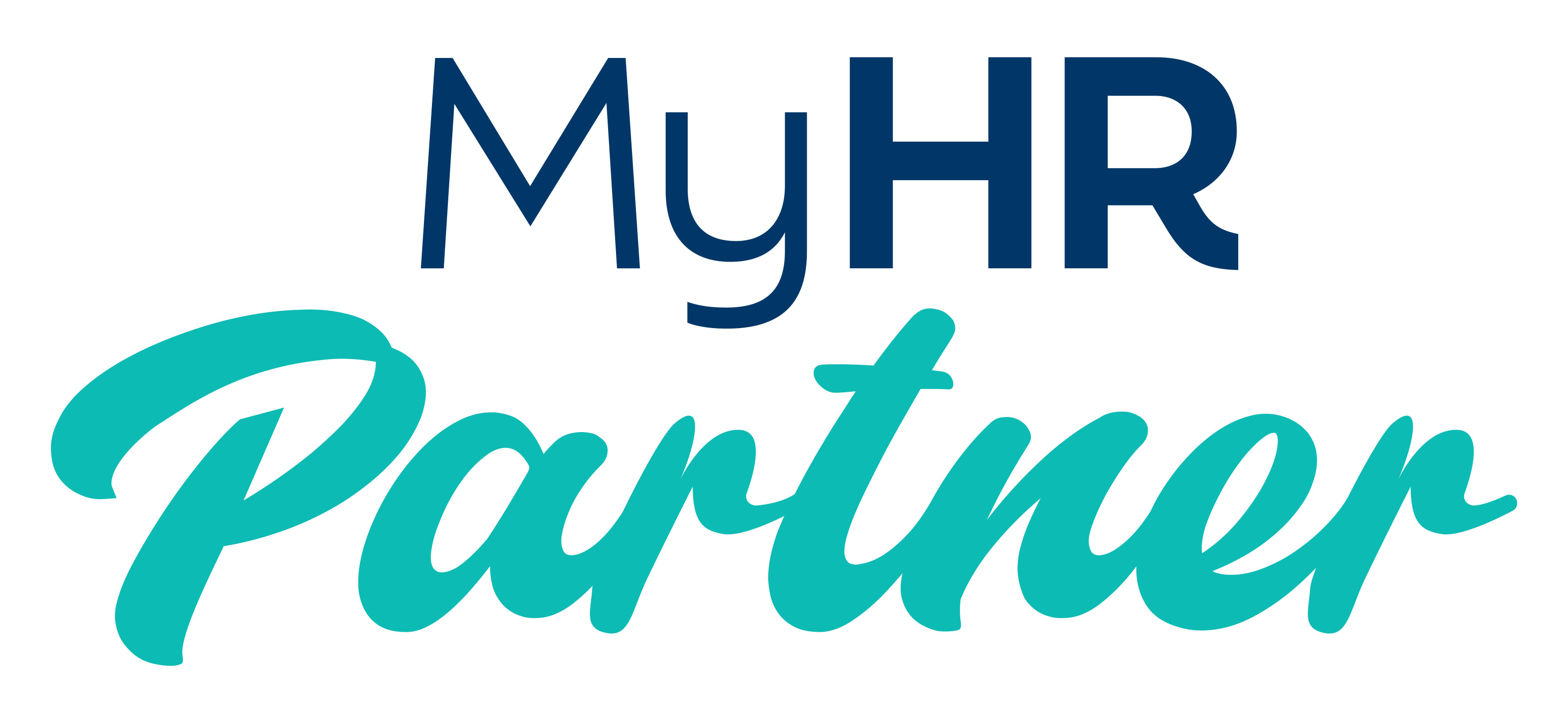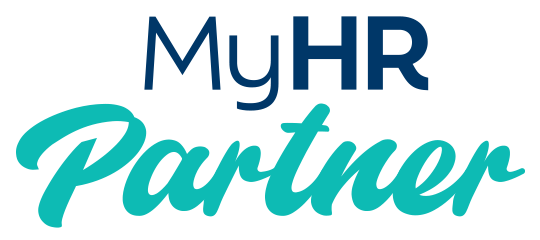Peace of Mind HR On-Demand
Your HR manager, without the payroll cost.
Running a business means juggling people, policies, and problems you didn’t plan for.
One tricky HR issue can eat hours of your time and cause sleepless nights.
That’s where My HR Partner’s Peace of Mind HR On-Demand service helps you.
We become your virtual HR Manager — someone who knows your business, understands your people, and is just a call or email away when you need trusted guidance.
No call centres. No waiting in line. Just real support from someone who gets it.
Why businesses love Peace of Mind HR On-Demand
The same expert, every time. You’ll speak with the same HR professional who already knows your team, culture, and policies, making every conversation faster, clearer, and more effective.
Confidence, not confusion. With expert HR advice on tap, you can stop second-guessing decisions and act with certainty.
Time back in your day. We handle compliance, contracts, and trickier people matters, freeing you to focus on running and growing your business.
Affordable peace of mind. Get the value of a full-time HR manager without the overhead — just $600 per month (inc. GST) for businesses with up to 30 employees.
Peace of Mind
HR On-Demand
One of the most significant advantages
of partnering with My HR Partner is the
ability to speak to the same person every time, as opposed to a call centre or generic phone advisory service. Your HR expert will be familiar with your business and policies, making the process more efficient and effective.

What’s included
You’ll have ongoing access to:
Up to 4 hours of tailored HR support each month — by phone or email, whenever you need it.
A dedicated HR partner who responds quickly and proactively helps you avoid issues before they escalate or deal with them quickly
Our Employee Onboarding System, to get new starters set up and settled with ease.
Templates, checklists and resources to keep you compliant and consistent.
Full access to the My HR Partner HR Hub — your online library of tools, videos, webinars, and Q&A sessions.
No more panic calls.
No scrambling through the Fair Work website to check the rules.
Just confidence that your HR is handled and your people are supported the right way.
When challenges come up, you’ll have a trusted HR expert ready to guide you through, so you can lead with calm and clarity.
Join Peace of Mind HR On-Demand
You don’t have to do HR alone.
Let us take the worry off your plate so you can focus on what really matters.
Choosing Peace of Mind HR on Demand provides you with the assurance of having a dedicated HR partner who will attend to your HR needs and concerns. With a monthly package price of $800, (including GST) for businesses with up to 30 employees, you can enjoy the benefits of having a reliable HR partner without the high cost of a full-time HR manager.
Our Latest Blog Post

Flexible Work - The Questions Every Small Business Owner are Asking
Flexible Work - The Questions Every Small Business Owner are Asking
“How do I balance remote and hybrid work expectations with productivity and accountability?”
It’s the HR challenge of the moment.
Staff want flexibility.
Employers want results.
There is a possibility saying no to flexibility could mean saying goodbye to good people. Of course, there are some positions where flexible working and working from home is just not possible.
This guide is written for small business owners in Australia who are wrestling with this balance.
Why Hybrid Work Matters Now
Employee demand: Flexibility is now seen as a standard benefit, not a perk.
Retention and attraction: Workers are more likely to join or stay with businesses that offer hybrid options.
Productivity potential: When managed well, remote work can actually increase focus and reduce burnout.
But too much flexibility without structure might cause communication breakdowns, accountability issues, and can affect team culture. So having the right systems and structure in place is important.
Setting the Right Guardrails
Every business will find its own balance, and of course there are businesses where a hybrid model won’t work. Like everything in HR, the key is communication, clarity and consistency.
Here’s some guidance on what can work:
1. Define Expectations Clearly
Create a hybrid work/flexibility policy. It doesn’t have to be long, one or two pages covering things like which roles are eligible, how many days employees can work remotely, and expectations around availability.
Be clear on when the team needs to be together in the office (e.g. Mondays for planning, Thursdays for client meetings).
2. Focus on Output, Not Hours
It may be an option to measure work by results achieved, not by how many hours someone’s online.
Agree on KPIs or milestones that matter to the role — projects delivered, clients served, sales achieved.
3. Keep Communication Human
Use simple tools but set communication expectations: response times, meeting etiquette, and which channels to use for what.
Encourage regular check-ins that feel like support, not surveillance.
4. Protect Team Culture
Bring the team together regularly even if it’s just one or two days a week. Each business will be different.
Invest in small rituals that make people feel part of something (check in meetings at the beginning of the week, shared lunches, team get togethers, end-of-week wins).
5. Support Wellbeing
Hybrid can blur boundaries. Encourage people to actually switch off. For example, don't set up an expectation that an employee is still logged on or available outside of their working hours.
Model healthy behaviour: if you respect the Right to Disconnect, your team will too.
Quick Wins for Small Business Owners
Start with a pilot: test a 2 to 3 month hybrid setup and review. Make it clear that it's a trial.
Ask your team for input. Often, they’ll suggest practical compromises.
Document your policy so everyone knows the rules.
“What is the best hybrid work model for small businesses?” → The best model is one that balances flexibility with clear expectations, focusing on outputs rather than hours. And the best model is going to be the one that works for your business.
“How do I manage remote work productivity?” → Set clear KPIs, use regular check-ins, and build trust instead of relying on micromanagement tools.
“Do I need a hybrid work policy in Australia?” → Yes. Even a simple one-page policy helps set expectations, reduce risk, and comply with Fair Work guidance.
Final Word
Hybrid or flexible work doesn’t have to be a headache. With a clear policy, a focus on results, and a human approach to culture, businesses in Australia can enjoy the best of both worlds - flexibility for staff, productivity for the business.
👉 Next step: Need a tailored hybrid work policy for your business? My HR Partner can help you draft one that fits your size, industry, and compliance needs.
We provide HR advice and support. We have trusted partners to assist with any employment law issues
outside of our scope.
More info

Get HR Advice from our HR expert
Our Latest Blog Post

Flexible Work - The Questions Every Small Business Owner are Asking
Flexible Work - The Questions Every Small Business Owner are Asking
“How do I balance remote and hybrid work expectations with productivity and accountability?”
It’s the HR challenge of the moment.
Staff want flexibility.
Employers want results.
There is a possibility saying no to flexibility could mean saying goodbye to good people. Of course, there are some positions where flexible working and working from home is just not possible.
This guide is written for small business owners in Australia who are wrestling with this balance.
Why Hybrid Work Matters Now
Employee demand: Flexibility is now seen as a standard benefit, not a perk.
Retention and attraction: Workers are more likely to join or stay with businesses that offer hybrid options.
Productivity potential: When managed well, remote work can actually increase focus and reduce burnout.
But too much flexibility without structure might cause communication breakdowns, accountability issues, and can affect team culture. So having the right systems and structure in place is important.
Setting the Right Guardrails
Every business will find its own balance, and of course there are businesses where a hybrid model won’t work. Like everything in HR, the key is communication, clarity and consistency.
Here’s some guidance on what can work:
1. Define Expectations Clearly
Create a hybrid work/flexibility policy. It doesn’t have to be long, one or two pages covering things like which roles are eligible, how many days employees can work remotely, and expectations around availability.
Be clear on when the team needs to be together in the office (e.g. Mondays for planning, Thursdays for client meetings).
2. Focus on Output, Not Hours
It may be an option to measure work by results achieved, not by how many hours someone’s online.
Agree on KPIs or milestones that matter to the role — projects delivered, clients served, sales achieved.
3. Keep Communication Human
Use simple tools but set communication expectations: response times, meeting etiquette, and which channels to use for what.
Encourage regular check-ins that feel like support, not surveillance.
4. Protect Team Culture
Bring the team together regularly even if it’s just one or two days a week. Each business will be different.
Invest in small rituals that make people feel part of something (check in meetings at the beginning of the week, shared lunches, team get togethers, end-of-week wins).
5. Support Wellbeing
Hybrid can blur boundaries. Encourage people to actually switch off. For example, don't set up an expectation that an employee is still logged on or available outside of their working hours.
Model healthy behaviour: if you respect the Right to Disconnect, your team will too.
Quick Wins for Small Business Owners
Start with a pilot: test a 2 to 3 month hybrid setup and review. Make it clear that it's a trial.
Ask your team for input. Often, they’ll suggest practical compromises.
Document your policy so everyone knows the rules.
“What is the best hybrid work model for small businesses?” → The best model is one that balances flexibility with clear expectations, focusing on outputs rather than hours. And the best model is going to be the one that works for your business.
“How do I manage remote work productivity?” → Set clear KPIs, use regular check-ins, and build trust instead of relying on micromanagement tools.
“Do I need a hybrid work policy in Australia?” → Yes. Even a simple one-page policy helps set expectations, reduce risk, and comply with Fair Work guidance.
Final Word
Hybrid or flexible work doesn’t have to be a headache. With a clear policy, a focus on results, and a human approach to culture, businesses in Australia can enjoy the best of both worlds - flexibility for staff, productivity for the business.
👉 Next step: Need a tailored hybrid work policy for your business? My HR Partner can help you draft one that fits your size, industry, and compliance needs.
We provide HR advice and support.
We have trusted partners to assist with
any employment law issues outside
of our scope.
More info
PO Box 1079
Coolangatta QLD 4225
ABN 30 644 527 015
Get HR Advice from our HR expert








